With all the intricate and dexterous actions that evolution has equipped our hands for it’s left us woefully unprepared to play an Fmaj7 chord on the ukulele. It’s made plenty of chord changes a pain in the arse too.
Laziness to the rescue! You can change the fingering of a chord or use a different inversion to make changes much more straightforward.
Here are a few tricky chord changes that can be simplified with a bit of rejiggering.
A to D
Here’s an obvious refingering. If you use your second, third and fourth fingers to play it you can keep your first finger tucked behind.
The Sucker Way
The Smart Way
Video Comparison
Em to B7
In chord charts the B7 is almost always shown played with a barre. But it doesn’t have to be. Switch the notes on the g and A strings and you get the Em chord shape with everything moved across one string.
The Sucker Way
The Smart Way
Video Comparison
G to B7
Another B7. This one doesn’t actually have a B in it. But thanks to crazy ear-shenanigans your brain fills in the B for you (here’s Vi Hart explaining it as well as why chords and scales are as they are).
The Sucker Way
The Smart Way
Video Comparison
Anything to Fmaj7
If anyone tells you to play Fmaj7 the 2413 way throw your ukulele at them and run away. They are not your friend. In the first take of my trying to play the chord you can actually hear my wrist cracking as I attempt it.
The Sucker Way
The Smart Way
Video Comparison
D7 to G7
Like the B7, this version of D7 doesn’t actually have a D. But it is way easier to play. This version is often called the ‘Hawaiian D7’ for reasons that elude me.
The Sucker Way
The Smart Way
Video Comparison
Links
Ten ways to play an E chord
How to Play Ukulele Chords – my ebook on chords and chord theory.

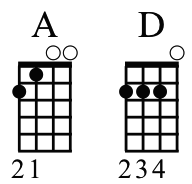
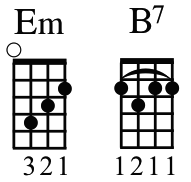
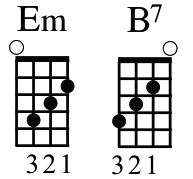
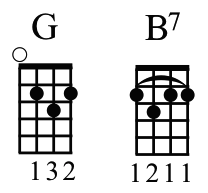
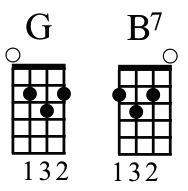
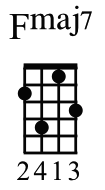
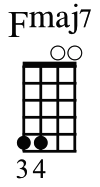
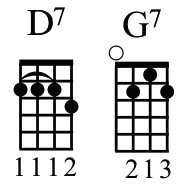




So those work okay for simple strumming but what if you are using finger picking rolls?
Also, if I could get all three fingers in one fret like that D, I wouldn’t need tips on making chord changes easier. Conversely I don’t find the regular Fmaj7 so bad. The others are handy to have around though. Thanks a bunch.